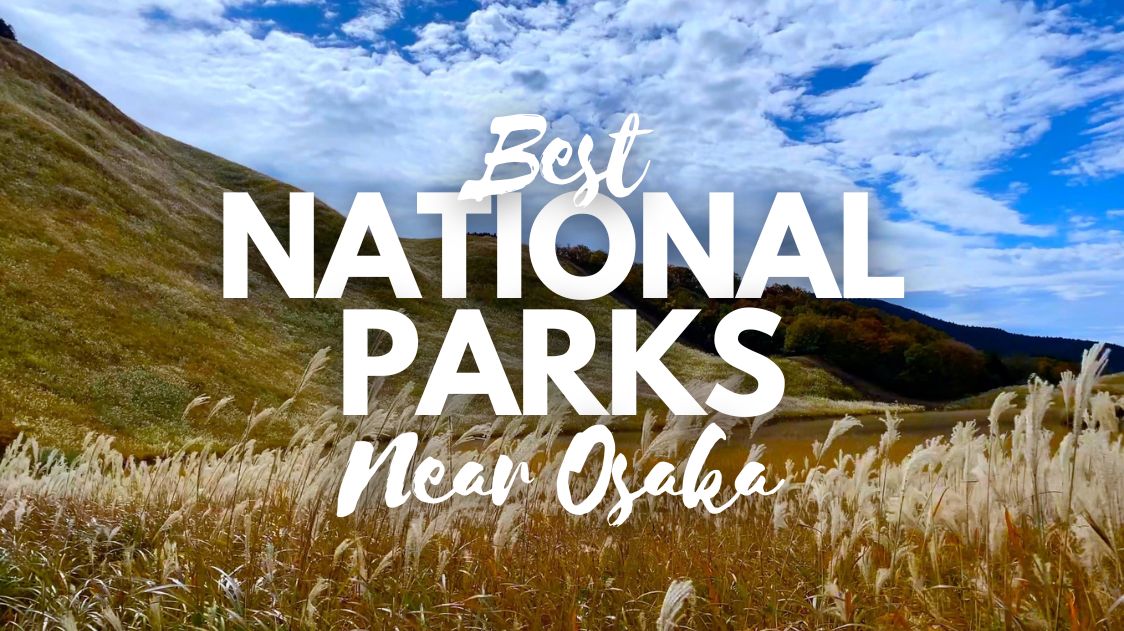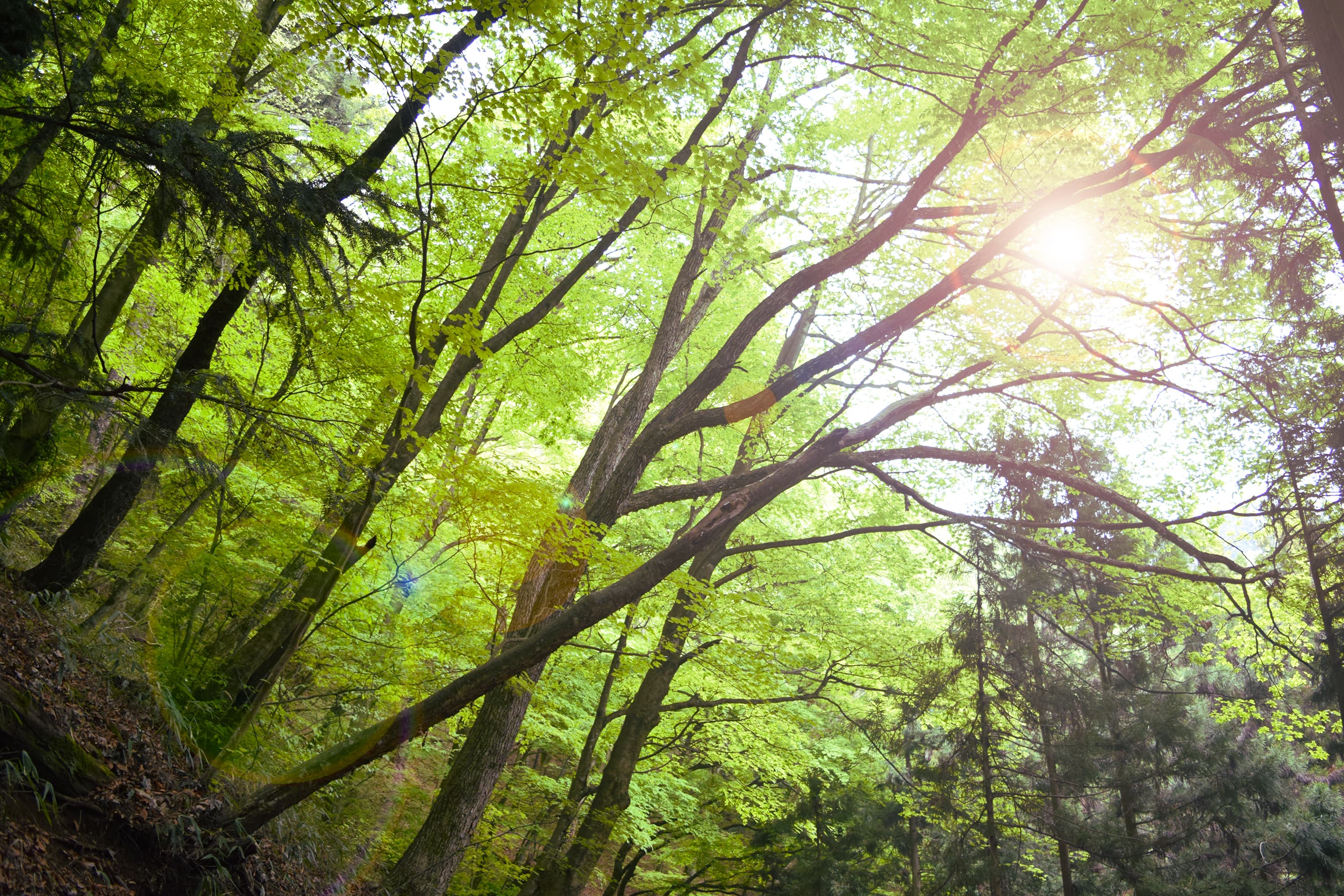Best National Parks near Tokyo
Must-Visit National Parks Close to Tokyo

Japan’s National Parks are a treasure trove of natural beauty, showcasing the country’s unique landscapes, wildlife, and cultural heritage. From dense forests and towering mountains to pristine coastlines and serene lakes, these parks offer visitors an unparalleled opportunity to experience the diverse ecosystems that make Japan a nature lover’s paradise. While many may think that such experiences are limited to remote areas, several breathtaking National Parks are located within easy reach of Tokyo, making them perfect for day trips or short getaways from the bustling city.
These parks allow urban dwellers and travelers alike to immerse themselves in Japan’s stunning natural scenery without venturing too far from the capital. Whether you’re hiking through ancient woodlands or soaking in hot springs with a view of Mount Fuji, these parks offer a perfect balance between nature and accessibility, making them an essential part of any Tokyo-based itinerary.
1. Chichibu-Tama-Kai National Park

Chichibu-Tama-Kai National Park (秩父多摩甲斐国立公園) is an expansive natural reserve covering parts of Tokyo, Saitama, Yamanashi, and Nagano prefectures. Its diverse landscapes range from thickly forested mountains to crystal-clear rivers, allowing for a variety of outdoor activities for all types of adventurers.
The park’s peaks, such as Mount Kumotori (雲取山) and Mount Mitake (御岳山), are popular hiking spots, each providing stunning views of the Kanto region. For those interested in history and spirituality, the Musashi Mitake Shrine (武蔵御嶽神社), located near the summit of Mount Mitake, is the perfect place for a quiet retreat surrounded by Shinto traditions.
One of the park’s highlights is its numerous waterfalls, including the Hikawa Gorge (氷川渓谷) and Hossawa Falls (払沢の滝), both perfect spots for a peaceful escape into nature. With its proximity to Tokyo, Chichibu-Tama-Kai National Park is an ideal destination for a day trip or a weekend getaway into Japan’s wilderness.
2. Fuji-Hakone-Izu National Park

Fuji-Hakone-Izu National Park (富士箱根伊豆国立公園) is one of Japan’s most iconic and diverse national parks, encompassing the majestic Mount Fuji, the volcanic landscapes of Hakone, and the picturesque islands of the Izu Archipelago. The park spans four prefectures: Yamanashi, Shizuoka, Kanagawa, and Tokyo, making it easily accessible for travelers from the capital.
Visitors flock to the area for a variety of experiences, from hiking around the base or climbing to the summit of Mount Fuji, to exploring the hot springs and scenic lakes of Hakone, such as Lake Ashi (芦ノ湖). The park also includes the Izu Peninsula and its surrounding islands, known for their dramatic coastlines, crystal-clear waters, and opportunities for diving and snorkeling. Owing to its wide-ranging landscapes, Fuji-Hakone-Izu offers something for every kind of nature enthusiast.
3. Joshin’etsu-kogen National Park

Joshin’etsukogen National Park (上信越高原国立公園) is a vast, mountainous region that spans Gunma, Nagano, and Niigata prefectures. Known for its impressive alpine landscapes, the park is a paradise for hikers and nature lovers, boasting some of Japan’s most breathtaking highland scenery. The Shiga Highlands (志賀高原), a UNESCO Biosphere Reserve, is one of the park’s key attractions, featuring extensive hiking trails, wetlands, and seasonal flora and fauna. During winter, it transforms into a popular ski destination, drawing both locals and international visitors.
Another highlight of the park is the Jigokudani Monkey Park (地獄谷野猿公苑), where wild Japanese macaques (commonly referred to as snow monkeys) are known to bathe in natural hot springs—an iconic sight that has gained worldwide fame. With its mixture of rugged mountain terrain, rich wildlife, and pristine nature, Jōshin’etsu-kōgen National Park offers an immersive escape into Japan’s highlands, perfect for those looking to explore both summer greenery and winter snow landscapes.
4. Nikko National Park

Nikkō National Park (日光国立公園) is a historical and natural gem located in the northern Kanto region, spanning parts of Tochigi, Gunma, and Fukushima prefectures. The park is renowned for its cultural significance, housing the UNESCO World Heritage-listed Nikko Toshogu Shrine (日光東照宮), which enshrines Tokugawa Ieyasu, the founder of the Tokugawa shogunate. The park’s rich history, combined with its stunning natural beauty, makes it a popular destination for both spiritual and outdoor experiences.
Nikko’s natural landscapes include the picturesque Kegon Falls (華厳の滝), Lake Chūzenji (中禅寺湖), and the scenic Irohazaka Winding Road (いろは坂), which offers spectacular views of the changing autumn foliage. For those looking to relax, the region is also famous for its therapeutic hot springs, including those in the nearby town of Kinugawa Onsen (鬼怒川温泉).
More info: Nikko National Park: Guide to Hiking, Heritage and Hot Springs
Extra: Quasi-National Parks near Tokyo
While National Parks are managed by the central government, Quasi-National Parks (国定公園) are typically managed by local prefectures, but still boast impressive landscapes and biodiversity. Some of these parks may be less crowded than their national counterparts, so there’s a chance for a more tranquil experience while still maintaining high standards of natural beauty.
Near Tokyo, several Quasi-National Parks are worth exploring, each with unique features that make them ideal for short trips from the city. These parks provide visitors with opportunities to explore less-traveled regions while enjoying activities such as hiking, birdwatching, or simply taking in the stunning views.
Suigo-Tsukuba Quasi-National Park

Suigo-Tsukuba Quasi-National Park (水郷筑波国定公園) is a diverse and picturesque park stretching across Ibaraki and Chiba prefectures. The park is famous for Mount Tsukuba (筑波山), one of Japan’s “100 Famous Mountains,” which offers panoramic views of the Kanto Plain and is a popular hiking destination. Additionally, the park includes the Kasumigaura Lake (霞ヶ浦) area, Japan’s second-largest lake, known for its scenic wetlands and opportunities for cycling along its shoreline.
The park’s marshes and rivers attract a wide variety of bird species, making it a prime spot for birdwatching. Suigō-Tsukuba also holds significant cultural importance, with shrines such as Tsukubasan Shrine (筑波山神社) located at the base of Mount Tsukuba, adding a spiritual dimension to the area’s natural beauty.
Minami Boso Quasi-National Park

Minami Boso Quasi-National Park (南房総国定公園) stretches along the southern coastline of Chiba Prefecture, offering stunning coastal views, lush greenery, and a variety of outdoor activities. The park is known for its mild climate, making it a popular year-round destination for Tokyo residents seeking a seaside retreat. Its rugged coastline is dotted with scenic capes, such as Cape Nojima (野島崎) and Cape Myogane (妙見岬), which provide excellent spots for hiking, fishing, and photography.
The park also includes the famous Mount Nokogiri (鋸山), known for its dramatic cliffs and the impressive Nihonji Temple (日本寺), home to a giant stone Buddha statue carved into the mountainside. Visitors can explore the mountain’s network of trails while enjoying panoramic views of Tokyo Bay. In addition, the flower fields and beaches of Minami Bōsō create an ideal getaway for those looking to escape the urban sprawl and relax in a peaceful, coastal setting.
Meiji no Mori Takao Quasi-National Park

Meiji no Mori Takao Quasi-National Park (明治の森高尾国定公園) is located in the western part of Tokyo and is centered around Mount Takao (高尾山), a popular destination for both casual hikers and nature enthusiasts. Just an hour away from central Tokyo, the park is known for its easy accessibility, ideal for day trips. Mount Takao stands at 599 meters and offers a variety of hiking trails, ranging from beginner-friendly routes to more challenging paths, all of which lead to stunning views from the summit.
The park is not only famous for its natural beauty but also for its cultural significance. At the top of Mount Takao is Yakuōin Temple (薬王院), a historic Buddhist temple founded in the 8th century. The area is particularly famous for its vibrant autumn foliage and spring cherry blossoms, attracting visitors year-round.
 Official Website Official Website |
https://www.kankyo1.metro.tokyo.lg.jp/naturepark/know/park/introduction/toritu/meiji/index.html |
|---|
Tanzawa-Oyama Quasi-National Park

Tanzawa-Oyama Quasi-National Park (丹沢大山国定公園) spans Kanagawa Prefecture and is known for its mountainous terrain and rich biodiversity. The park’s centerpiece, the Tanzawa Mountain Range (丹沢山地), offers some of the best hiking experiences in the Kanto region, with routes that cater to both casual hikers and seasoned mountaineers. Mount Tanzawa (丹沢山) and Mount Oyama (大山) are particularly popular, providing hikers with scenic vistas that stretch out toward Tokyo, Mount Fuji, and the Sagami Bay coastline.
One of the park’s highlights is Oyama Afuri Shrine (大山阿夫利神社), a centuries-old Shinto shrine situated on the slopes of Mount Ōyama. This sacred site is a well-known destination for both pilgrims and hikers, offering a blend of spiritual and natural experiences. The park also boasts numerous rivers and waterfalls, such as the Shasui Falls (洒水の滝), which further add to its appeal for nature lovers.
▽Subscribe to our free news magazine!▽
For more information about traveling in Japan, check these articles below, too!
▽Related Articles▽
▼Editor’s Picks▼
Written by
Photographer, journalist, and avid urban cyclist, making sense of Japan since 2017. I was born in Caracas and lived for 14 years in Barcelona before moving to Tokyo. Currently working towards my goal of visiting every prefecture in Japan, I hope to share with readers the everlasting joy of discovery and the neverending urge to keep exploring.













